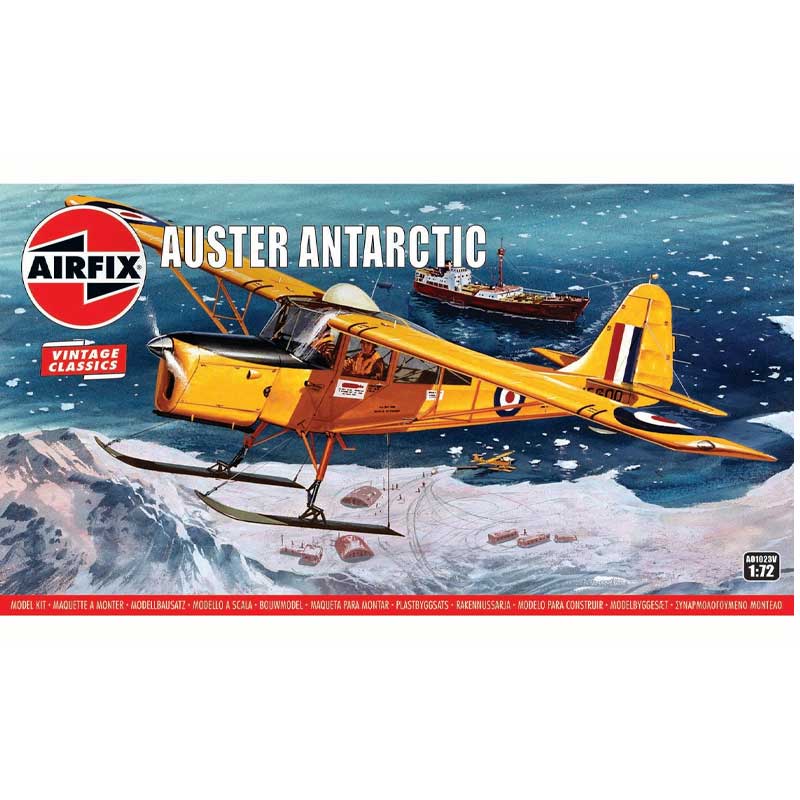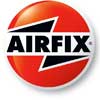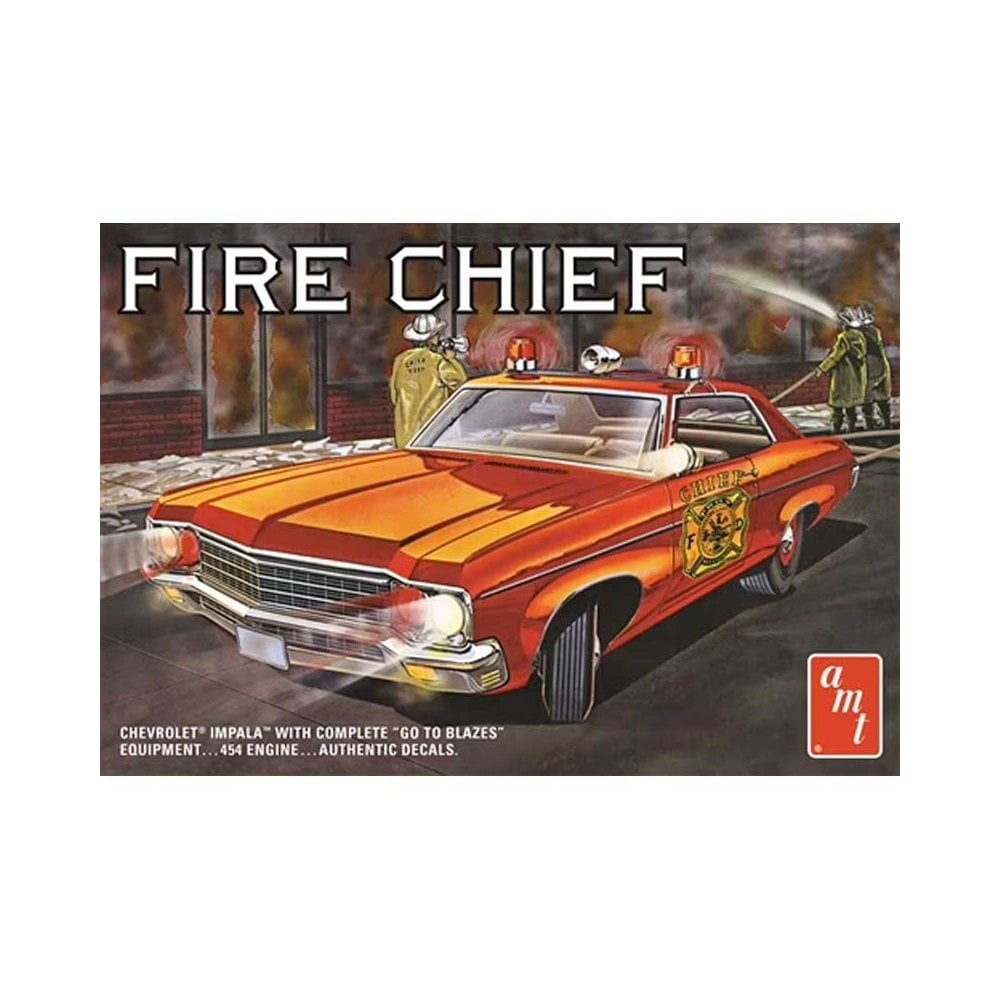With is reputation as an exceptional air observation post aircraft possessing great short field performance, when officials behind the 1956 Commonwealth Trans-Antarctic Expedition were looking for a suitable reconnaissance and support aircraft, they knew exactly where to turn.
The Auster Aircraft Company were asked to modify two of their dual control T.7 aircraft specifically for the task, featuring additional radio equipment, larger tail surfaces and the ability to be fitted with either floats or skies as operations demanded.
The aircraft were also finished in a high visibility scheme, in preparation for the conditions expected during an expedition which was hoped would result in the first overland crossing of Antarctica via the South Pole.



